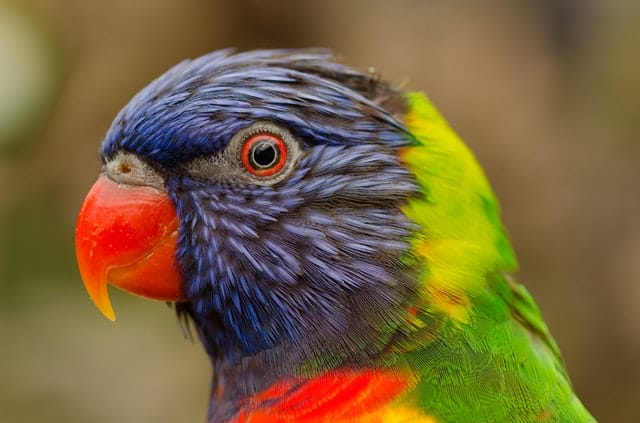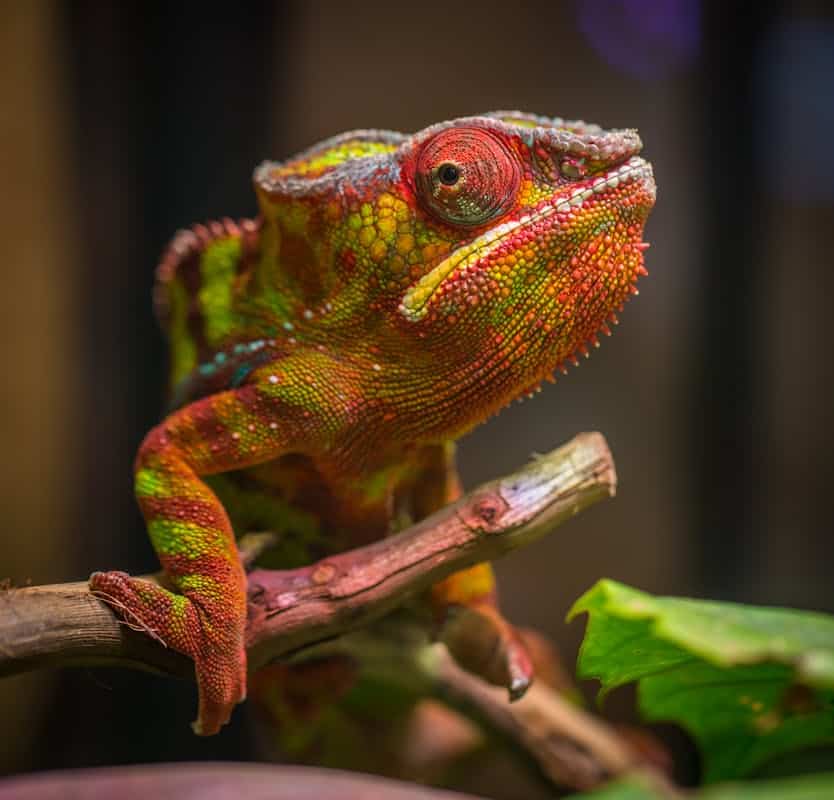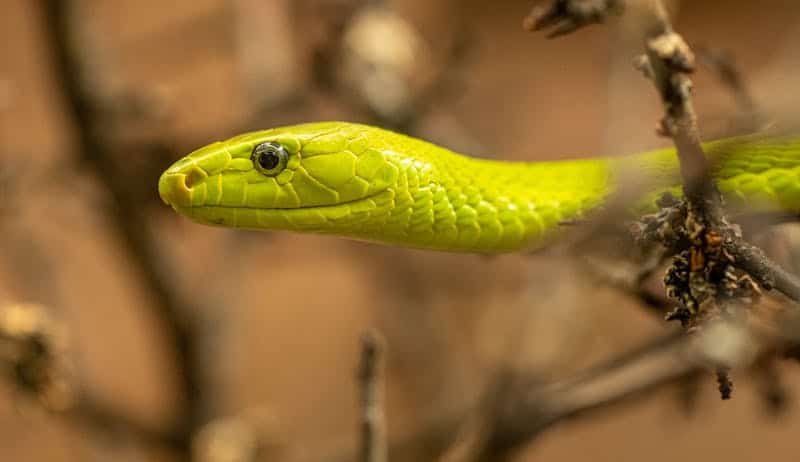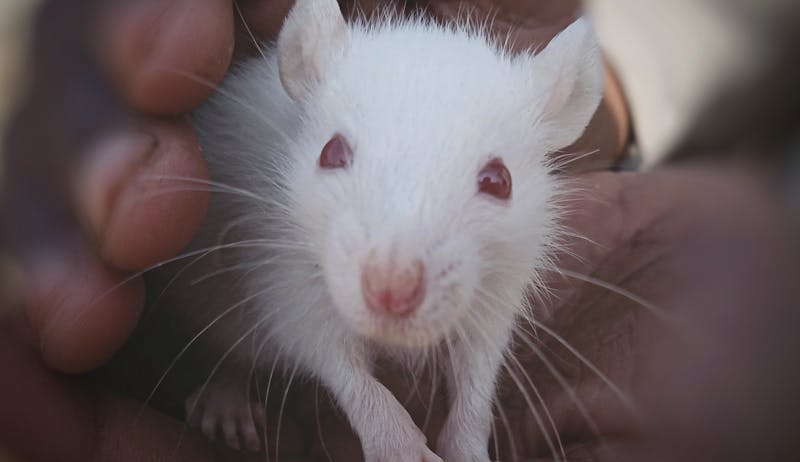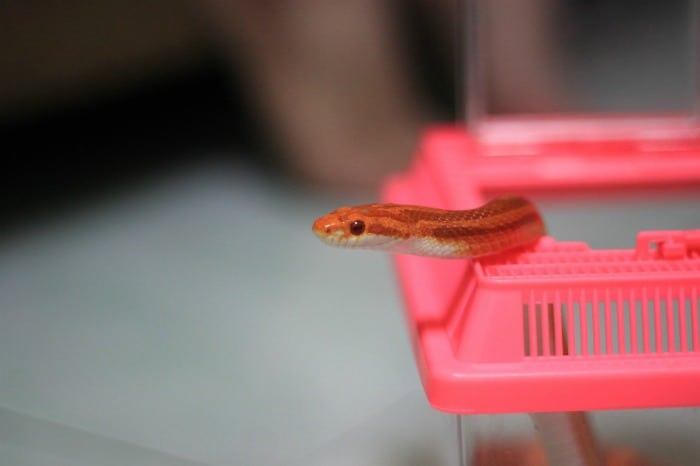Last Updated on August 14, 2024 by ellen
Are you considering pet sitting for exotic animals? Here are a few things that you should consider before you take an exotic animal pet sitting job.
Posts may be sponsored. This post contains affiliate links, which means I will make a commission at no extra cost to you should you click through and make a purchase. As an Amazon Associate I earn from qualifying purchases.
Table of Contents
Pet Sitting for Exotic Animals
Pet sitting is a rewarding and often enjoyable job for animal lovers, but when it comes to exotic pets, the responsibility increases significantly. Unlike traditional pets like cats and dogs, exotic animals have unique needs that require specialized knowledge and care.
If you’re considering taking on a pet sitting job for exotic animals, it’s crucial to understand the specific requirements of these species to ensure their well-being and your success as a sitter.
Understanding Exotic Pets: What Makes Them Different?
Exotic pets encompass a wide range of species, from reptiles and amphibians to birds and small mammals. Each of these animals has distinct biological needs, behaviors, and care requirements that differ significantly from more common pets. Here’s a breakdown of what makes these animals unique:
– Reptiles and Amphibians: This category includes snakes, lizards, turtles, frogs, and salamanders. These animals often require controlled environments, such as specific temperature and humidity levels, UVB lighting, and particular diets. Unlike mammals, reptiles are cold-blooded and rely on external heat sources to regulate their body temperature, making environmental control critical to their health.
– Birds: Exotic birds, such as parrots, cockatiels, and finches, are intelligent and social creatures that thrive on interaction and mental stimulation. They require spacious cages, a variety of toys, and a diet that includes fresh fruits, vegetables, and seeds. Birds are also sensitive to environmental changes and can develop health issues if not properly cared for.
– Small Mammals: This group includes animals like ferrets, rabbits, guinea pigs, and hedgehogs. Each of these animals has specific dietary needs, habitat requirements, and social behaviors. For example, rabbits need plenty of space to hop around and chew toys to prevent dental issues, while ferrets require a high-protein diet and regular playtime.
Essential Preparations for Pet Sitting Exotic Animals
Before accepting a pet sitting job for exotic animals, there are several key preparations you need to make. These steps will help ensure that you are fully equipped to care for the animals properly and that you can handle any challenges that arise.
1. Research the Specific Species
Each species of exotic pet has unique care requirements. It’s important to thoroughly research the specific species you will be caring for before the pet sitting job begins. Learn about their dietary needs, habitat preferences, and common health issues. Understanding these aspects will help you provide the best care possible.
For example, if you’re pet sitting a chameleon, you’ll need to know how to maintain the appropriate humidity levels in its enclosure, what type of insects to feed it, and how to recognize signs of stress or illness. If you’re caring for an exotic bird like a parrot, you’ll need to understand its social needs, how to prevent boredom, and what types of foods are safe to offer.
2. Understand Their Behavioral Traits
Exotic animals often have specific behavioral traits that are different from those of domestic pets. For instance, many reptiles like chameleons are solitary and may become stressed if handled too frequently, while birds may become depressed or develop behavioral issues if they don’t receive enough social interaction.
Before taking on the job, ask the pet owner about the animal’s personality and any specific behaviors you should be aware of. This will help you understand how to interact with the animal and how to recognize signs of distress.
3. Familiarize Yourself with Their Habitat Requirements
Exotic pets often have very specific habitat requirements that must be maintained to keep them healthy. This can include:
– Temperature and Humidity Control: Reptiles and amphibians, in particular, require precise temperature and humidity levels. Make sure you understand how to use any equipment provided, such as heat lamps, UVB lights, and humidifiers, to maintain the correct environment.
– Cage or Enclosure Maintenance: Birds and small mammals often require daily cage cleaning to prevent the buildup of waste, which can lead to health issues. Ensure you know how to clean the enclosure safely and efficiently.
– Safety Measures: Some exotic animals, like snakes, are escape artists and require secure enclosures. Make sure you know how to handle the animal safely and how to secure its habitat to prevent escapes.
4. Learn About Dietary Needs and Feeding Schedules
Feeding exotic animals can be more complex than feeding traditional pets. Many exotic pets have specific dietary requirements that must be met to prevent nutritional deficiencies or health problems. For example:
– Reptiles: Some reptiles, like bearded dragons, require a mix of live insects and leafy greens, while others, like snakes, may need whole prey such as mice or rats. It’s important to understand the animal’s feeding schedule and how to handle its food safely.
– Birds: Birds need a varied diet that includes seeds, pellets, fruits, and vegetables. Some birds are also prone to obesity, so it’s important to monitor their food intake and provide plenty of opportunities for exercise.
– Small Mammals: Small mammals have specific dietary needs, too. For instance, rabbits require a diet high in fiber, including hay and fresh vegetables, while ferrets need a high-protein, meat-based diet.
Before the pet sitting job begins, ask the pet owner to provide detailed feeding instructions, including portion sizes, feeding times, and any dietary restrictions.
5. Prepare for Emergency Situations
Caring for exotic animals can sometimes involve dealing with unexpected situations, such as health emergencies or equipment malfunctions. It’s important to be prepared for these scenarios:
– Know the Signs of Illness: Exotic pets often hide signs of illness until it’s severe, so it’s crucial to recognize subtle changes in behavior, appetite, or appearance. Learn the common signs of distress for the species you’re caring for and know when to seek veterinary care.
– Have a Vet Contact Ready: Before the pet sitting job begins, ask the pet owner for the contact information of a veterinarian who specializes in exotic animals. It’s also a good idea to have the address and phone number of the nearest emergency animal hospital.
– Understand Equipment Operation: Many exotic pets rely on specialized equipment for their care, such as temperature regulators, UVB lights, or misting systems. Make sure you understand how to operate and troubleshoot this equipment, and know what to do if something goes wrong.
Communicating with the Pet Owner
Effective communication with the pet owner is key to a successful pet sitting experience, especially when it comes to exotic animals. Here are some tips for ensuring clear communication:
– Ask for Detailed Instructions: Request comprehensive care instructions from the pet owner, including feeding schedules, habitat maintenance, and handling preferences. Make sure you understand all aspects of the animal’s care before they leave.
– Check In Regularly: Keep the pet owner updated on how their pet is doing, especially if you’re caring for them over an extended period. Send regular updates and photos to reassure the owner that their pet is in good hands.
– Clarify Expectations: Make sure both you and the pet owner are on the same page regarding the level of care required. Discuss any additional tasks, such as administering medication or handling emergencies, before the job begins.
Final Thoughts
Pet sitting for exotic animals can be a rewarding experience, but it comes with unique challenges that require careful preparation and specialized knowledge. By understanding the specific needs of the species you’re caring for and taking the necessary steps to prepare, you can ensure a successful and stress-free pet sitting experience for both you and the animals. Remember, the key to successful exotic pet sitting is to stay informed, communicate effectively with the pet owner, and always prioritize the well-being of the animals in your care.

Ellen runs a small pet sitting business in southern Vermont. She has experience with a variety of small animals, dogs and cats. She has also cared for ducks, chickens and rabbits. Combined, she has over 20 years of experience in pet care and pet sitting.
